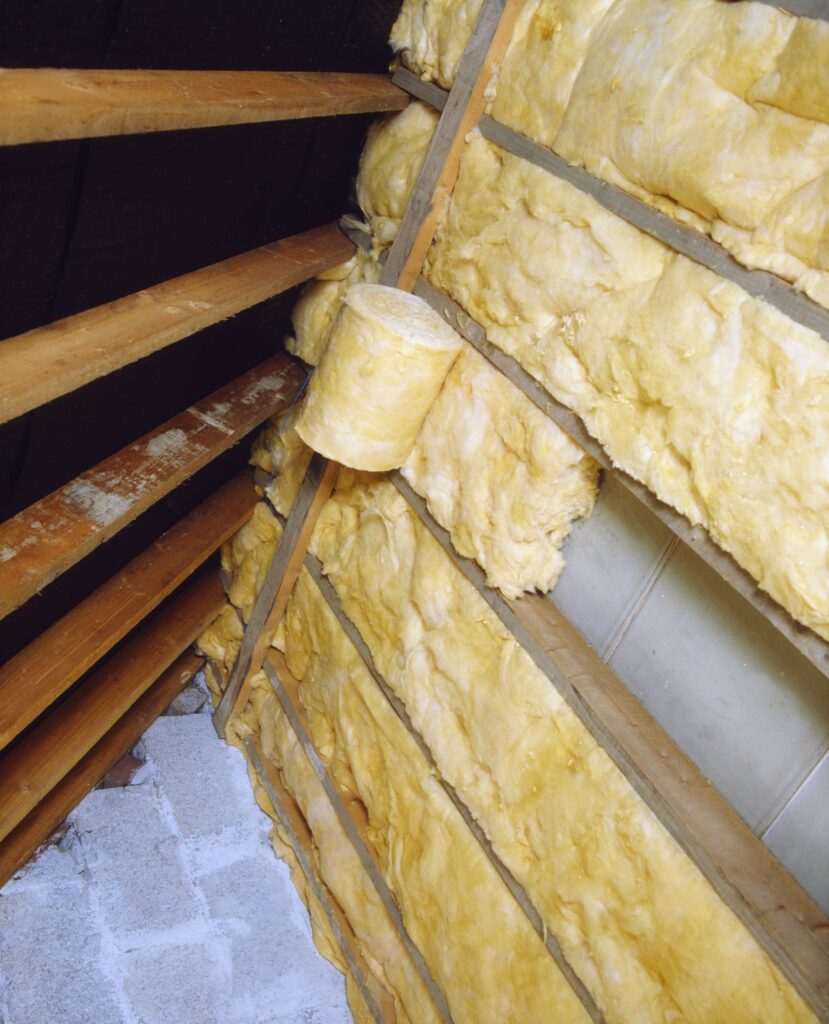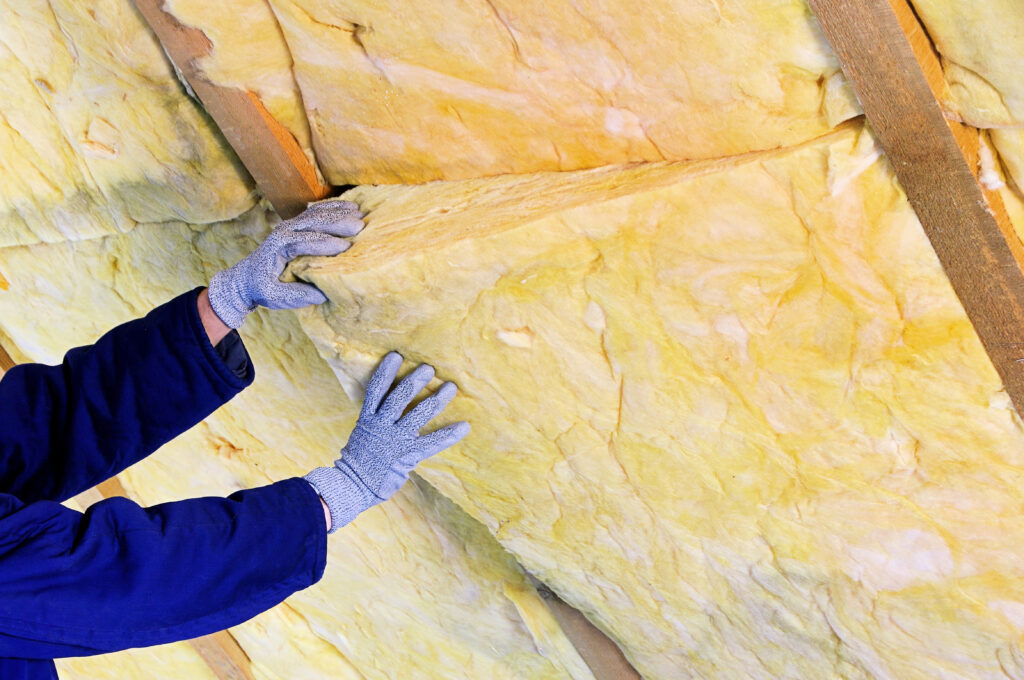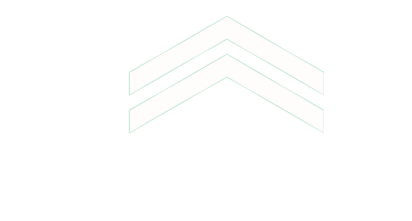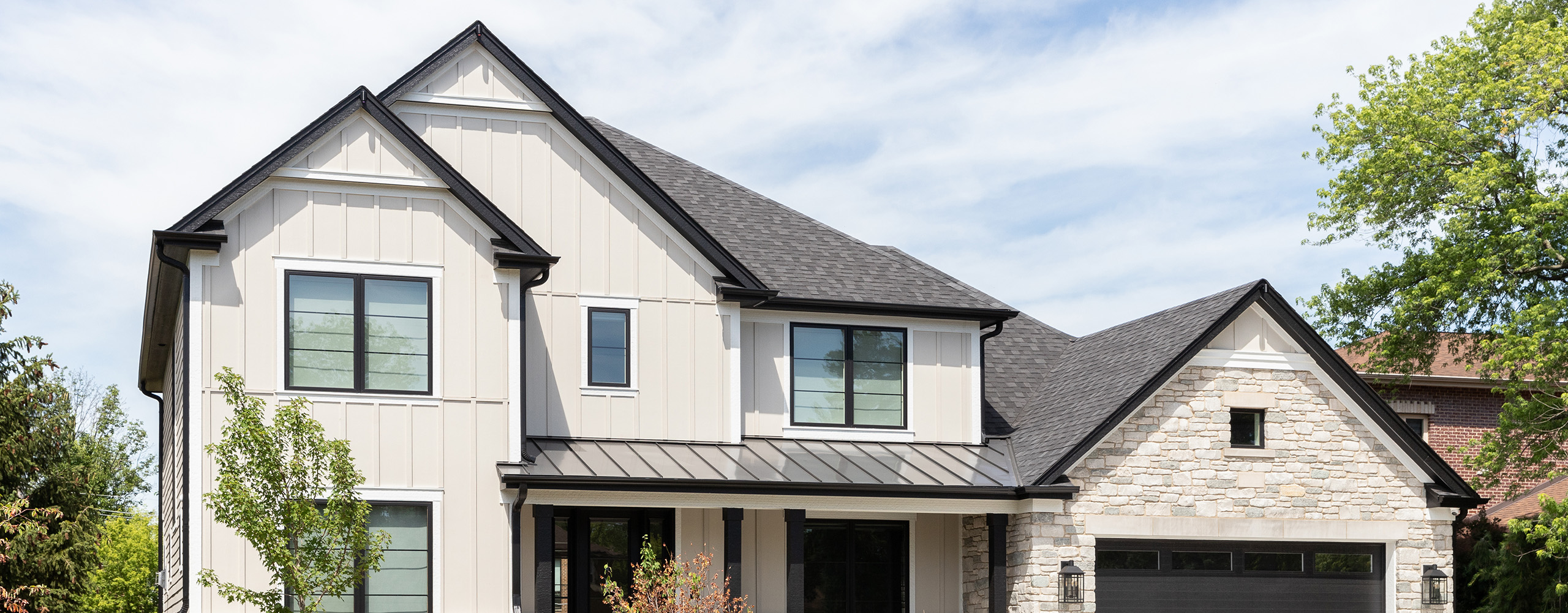Does the temperature of your home feel uncomfortable no matter how much you adjust the thermostat? Your roof insulation could be the reason. Often overlooked, it’s one of the most important parts of keeping your home comfortable year-round. Whether you’re building a new or upgrading an older home, understanding how roof insulation works can make a big difference. Let’s break down why it matters and how it can benefit your home.
Why Roof Insulation Matters

Ever wonder why your home still feels chilly in the winter or too warm in the summer, even with the heat or AC running? A big part of the problem could be right above your head—your roof. Heat naturally rises, and without proper insulation, all that warm air escapes straight through the top of your house. In the summer, the opposite happens. Your attic heats up like an oven, and that heat seeps down into your living space.
Roof insulation acts like a barrier, keeping the indoor temperature more stable and comfortable no matter the season. It eases the burden on your HVAC system, meaning it doesn’t have to work overtime just to keep you cozy. That leads to lower energy bills, less wear and tear on your system, and a more comfortable home all year long.
Benefits in the Winter
When winter hits, your roof insulation becomes your home’s best defense against the cold. Without it, all that toasty warm air you’re paying for rises and escapes right through the roof. Good insulation traps the heat inside, keeping your living spaces warm and cozy without needing to crank the thermostat 24/7. That means more comfort and less strain on your heating system (and your wallet).
Good insulation also prevents ice dams, which are those sneaky buildups of ice that can damage your roof and gutters. With proper insulation, your roof stays cold, snow melts slowly, and your home stays protected all winter long.
Benefits in the Summer
When the summer sun is blazing, your roof can turn into a giant heat magnet. Without proper insulation, all that heat seeps right into your home, making it feel stuffy and uncomfortable, especially in upstairs rooms. Roof insulation acts like a shield, blocking that heat from coming in and helping your home stay cooler naturally.
With a well-insulated roof, your air conditioner doesn’t have to work overtime just to keep things bearable. That means lower energy bills, less wear and tear on your AC, and a cooler, more relaxing space to escape the heat. It’s like giving your home a pair of sunglasses and a sun hat!
Energy Efficiency and Cost Savings

If your energy bills make you cringe every month, your roof insulation might be part of the problem (and the solution). Proper insulation keeps your indoor temps more stable, so your heating and cooling systems don’t have to work as hard. That means you’re using less energy to stay comfortable, which translates to real savings over time.
Think of it like this: instead of pouring money into escaping heat or incoming summer sun, you’re keeping that comfort right where it belongs—inside your home. Plus, many areas offer energy efficiency tax credits or rebates when you upgrade insulation, putting even more money back in your pocket. It’s a win-win for your wallet and your comfort.
Types of Roof Insulation
Not all roof insulation is created equal, and choosing the right type can make a big difference in your comfort and energy bills. Here’s a quick look at common options:
- Fiberglass Batts: Affordable and easy to install, great for attics with standard spacing. But it can leave gaps if not installed properly.
- Spray Foam: Expands to fill every crack, giving excellent air sealing. It’s more expensive, but perfect for hard-to-reach spaces and extreme climates.
- Rigid Foam Boards: Durable and moisture-resistant, ideal for flat roofs or unfinished spaces.
- Blown-In Insulation: Great for attics with odd shapes or existing insulation—it fills in the gaps and adds extra coverage.
Each type has its perks, depending on your climate and roof setup. For example, spray foam works wonders in hot or humid areas, while fiberglass suits moderate climates. A pro can help you choose what’s best for your home’s needs and your budget.
Professional Installation vs. DIY
DIY can be tempting, especially when you’re trying to save money. But when it comes to roof insulation, proper installation is everything. Even the best materials won’t do their job if they’re not installed right. Gaps, compression, or missed spots can lead to drafts, moisture problems, and wasted energy.
There are also safety concerns and building codes that need to be followed. That’s where the pros at LGND Roofing come in. We know how to get the job done safely, efficiently, and up to code. When in doubt, call LGND Roofing for expert results you can count on.



Follow Us